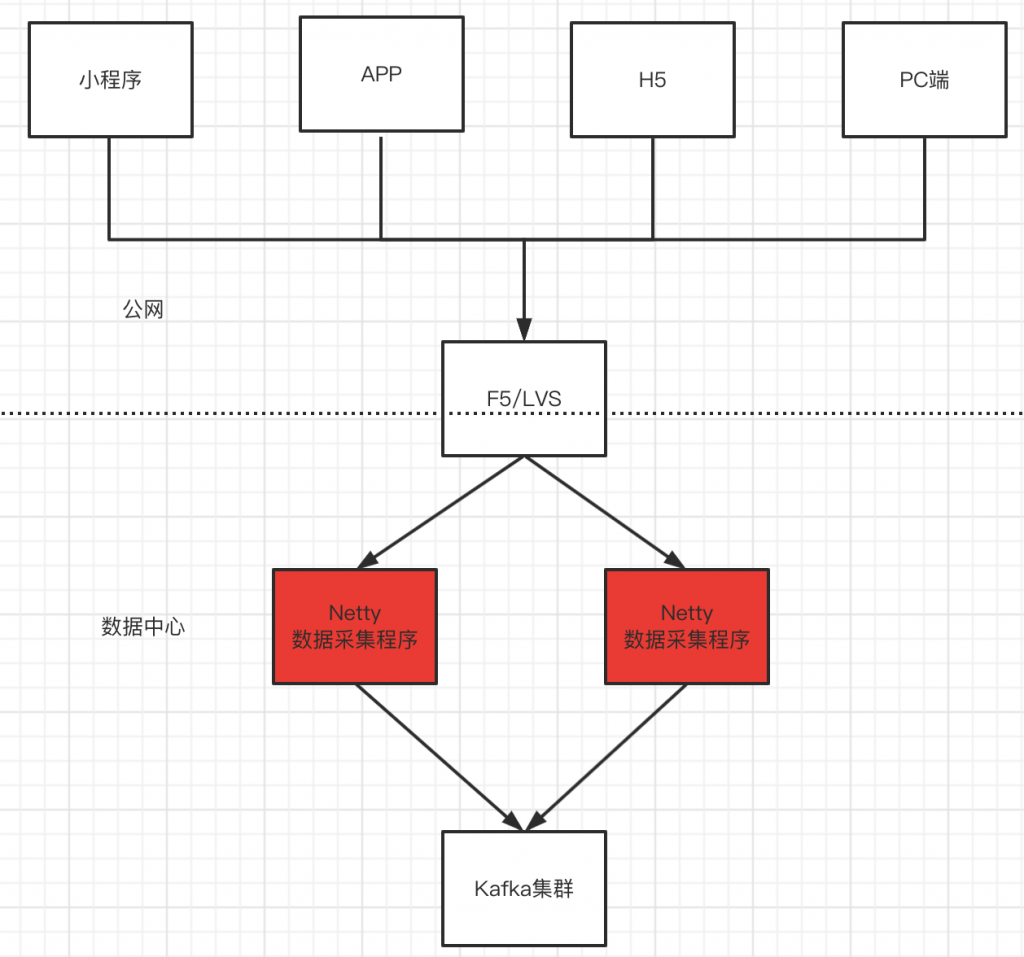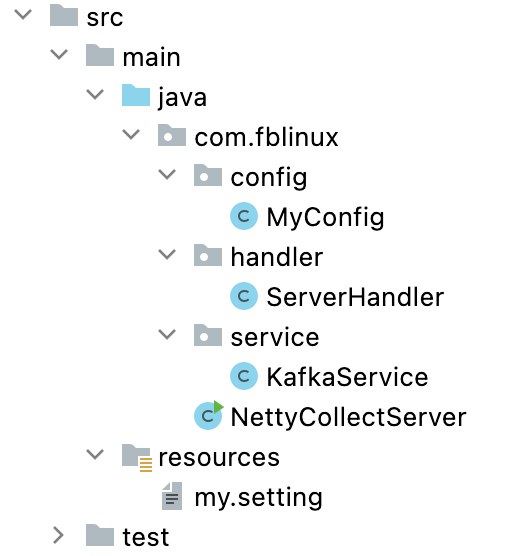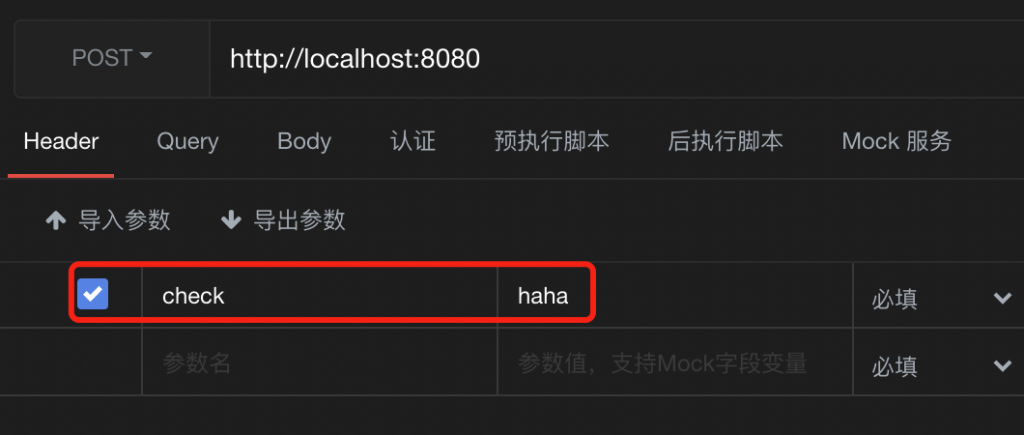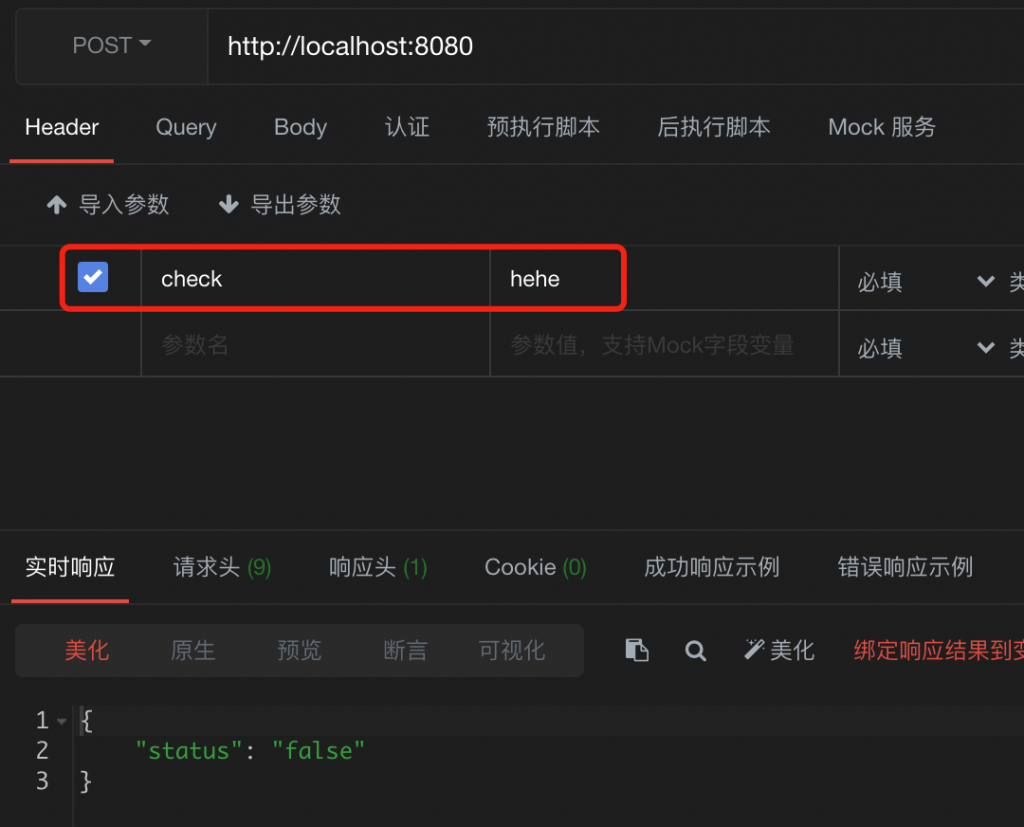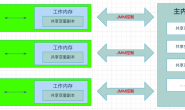1.前言
本文主要通过Netty实现一个Http协议的数据采集服务,并将Netty接收的请求转换成消息发送给Kafka:
关于采集程序的几个规则:
1、Netty判断请求的合规性通过request header中携带的key和value进行判断,没有携带指定key和value的request请求全部丢弃。
2、采集的数据仅包括request的body全部内容,且request body的内容需要为json格式,如果需要请求的header信息,可以在Channel中扩展,代码中有获取request header的示例。
3、因为这是自己写着练手用的,没有实际的业务数据,所以采集程序并没有对数据合规性进行校验,要是需要对数据合规性进行判断,可以在Channel中扩展,也可以把这个需求交给消费者或者具体使用数据的团队。
采集架构图如下:
说明:Kafka 集群相关内容略过,请各位看官自己搭建。
2.实现代码
代码结构如下:
(1)导入所需的依赖包
<dependencies>
<dependency>
<groupId>io.netty</groupId>
<artifactId>netty-all</artifactId>
<version>4.1.74.Final</version>
</dependency>
<dependency>
<groupId>org.apache.kafka</groupId>
<artifactId>kafka-clients</artifactId>
<version>3.0.0</version>
</dependency>
<dependency>
<groupId>cn.hutool</groupId>
<artifactId>hutool-all</artifactId>
<version>5.5.2</version>
</dependency>
</dependencies>
(2)添加my.setting配置文件,通过hutool工具包中的Setting类型读取配置文件信息
#netty启动监听的端口号 server.port=8080 #kafka集群服务 kafka.servers=172.16.247.3:9092,172.16.247.4:9092,172.16.247.4:9092 #指定kafka中的topic kafka.topic=netty-collect # 设置请求的校验header信息 request.headerkey=check request.headervalue=haha
添加配置文件获取类
public class MyConfig {
public static Setting setting;
static {
//读取配置文件,读取文件的路径是在classpath下
setting = new Setting("my.setting");
}
}
(3)NettyCollectServer类,负责启动Netty服务,添加http相关的编解码器。
import cn.hutool.core.util.StrUtil;
import com.fblinux.config.MyConfig;
import com.fblinux.handler.ServerHandler;
import io.netty.bootstrap.ServerBootstrap;
import io.netty.channel.ChannelFuture;
import io.netty.channel.ChannelInitializer;
import io.netty.channel.nio.NioEventLoopGroup;
import io.netty.channel.socket.SocketChannel;
import io.netty.channel.socket.nio.NioServerSocketChannel;
import io.netty.handler.codec.http.HttpObjectAggregator;
import io.netty.handler.codec.http.HttpRequestDecoder;
import io.netty.handler.codec.http.HttpResponseEncoder;
public class NettyCollectServer {
public static void main(String[] args) throws InterruptedException {
// 定义BossGroup,用于接收用户的链接请求
NioEventLoopGroup bossGroup = new NioEventLoopGroup(1);
// 定义WorkerGroup,用于业务逻辑的处理,默认线程数:cpu核数*2
NioEventLoopGroup workerGroup = new NioEventLoopGroup();
try {
// Netty启动类
ServerBootstrap serverBootstrap = new ServerBootstrap();
serverBootstrap.group(bossGroup,workerGroup)
// 指定通道处理类型,使用的是Nio方式
.channel(NioServerSocketChannel.class)
// 业务逻辑处理
.childHandler(new ChannelInitializer<SocketChannel>() {
@Override
protected void initChannel(SocketChannel ch) throws Exception {
ch.pipeline()
// 对于http协议的解码器
.addLast(new HttpRequestDecoder())
// 对于http协议的编码器,用于数据响应
.addLast(new HttpResponseEncoder())
// 将请求的数据,url中或请求头中聚合在一起,得到FullHttpRequest对象
// 传入参数是最大长度
.addLast(new HttpObjectAggregator(1024 * 128))
// 添加自定义处理器
.addLast(new ServerHandler());
}
});
// 启动服务
int port = MyConfig.setting.getInt("server.port");
ChannelFuture future = serverBootstrap.bind(port).sync();
System.out.println(StrUtil.format("Netty服务启动了,端口号为:{}。。。。。", port));
//等待监听关闭的信号,阻塞当前的线程,等待客户端的请求
future.channel().closeFuture().sync();
} finally {
//优雅的关闭服务
bossGroup.shutdownGracefully();
workerGroup.shutdownGracefully();
}
}
}
(4)ServerHandler类,负责接收用户请求,以及发送kafka消息。
import cn.hutool.core.map.MapUtil;
import cn.hutool.json.JSONUtil;
import com.fblinux.config.MyConfig;
import com.fblinux.service.KafkaService;
import io.netty.buffer.Unpooled;
import io.netty.channel.ChannelFutureListener;
import io.netty.channel.ChannelHandlerContext;
import io.netty.channel.SimpleChannelInboundHandler;
import io.netty.handler.codec.http.*;
import io.netty.util.CharsetUtil;
// http web服务处理器
public class ServerHandler extends SimpleChannelInboundHandler<FullHttpRequest> {
private KafkaService kafkaService = new KafkaService();
// Channel数据读取方法,每一条用户请求都会经过这里
@Override
protected void channelRead0(ChannelHandlerContext ctx, FullHttpRequest fullHttpRequest) throws Exception {
// 从配置中获取校验的header key和value信息
String headerkey = MyConfig.setting.get("request.headerkey");
String headervalue = MyConfig.setting.get("request.headervalue");
// 获取校验header的值
String headerCehck = fullHttpRequest.headers().get(headerkey);
// 判断请求是否配置了指定的请求头和值
if (headerCehck.equals(headervalue)){
// 获取请求中的body
String body = fullHttpRequest.content().toString(CharsetUtil.UTF_8);
// 发送消息到Kafka
this.kafkaService.sendMsg(body);
// 响应客户端请求
String result = JSONUtil.toJsonStr(MapUtil.builder().put("status", "ok").build());
this.response(ctx,result);
}else {
// 响应客户端请求
String result = JSONUtil.toJsonStr(MapUtil.builder().put("status", "false").build());
this.response(ctx,result);
}
}
private void response(ChannelHandlerContext ctx,String result){
// 给客户端响应
DefaultFullHttpResponse httpResponse = new DefaultFullHttpResponse(HttpVersion.HTTP_1_1, HttpResponseStatus.OK);
// 响应的内容
httpResponse.content().writeBytes(Unpooled.copiedBuffer(result, CharsetUtil.UTF_8));
// 设置响应头
httpResponse.headers().set(HttpHeaderNames.CONTENT_TYPE,"application/json; charset=utf-8");
//响应完成后需要将Channel关闭掉
ctx.writeAndFlush(httpResponse).addListener(ChannelFutureListener.CLOSE);
}
}
(5)KafkaService类,完成发送kafka消息的业务逻辑。
// 实现向Kafka发送消息逻辑
public class KafkaService {
private KafkaProducer<String, String> producer;
public KafkaService() {
// 配置生产者参数
Properties properties = new Properties();
// 配置集群地址
properties.put(ProducerConfig.BOOTSTRAP_SERVERS_CONFIG, MyConfig.setting.get("kafka.servers"));
// 消息key的序列化方式
properties.put(ProducerConfig.KEY_SERIALIZER_CLASS_CONFIG,StringSerializer.class);
// 消息value的序列化方式
properties.put(ProducerConfig.VALUE_SERIALIZER_CLASS_CONFIG,StringSerializer.class);
this.producer = new KafkaProducer<String, String>(properties);
}
// 发送消息到Kafka
public Boolean sendMsg(String body) {
// 获取发送数据的topic
String topic = MyConfig.setting.get("kafka.topic");
// 发送数据
this.producer.send(new ProducerRecord<>(topic, body), (metadata, exception) -> {
if (null != exception) {
// 发送失败
System.out.println(exception);
}
});
return true;
}
}
3.测试
测试正常的请求:即配置了正确的header key和header value
转载请注明:西门飞冰的博客 » Netty 实现http数据采集服务
